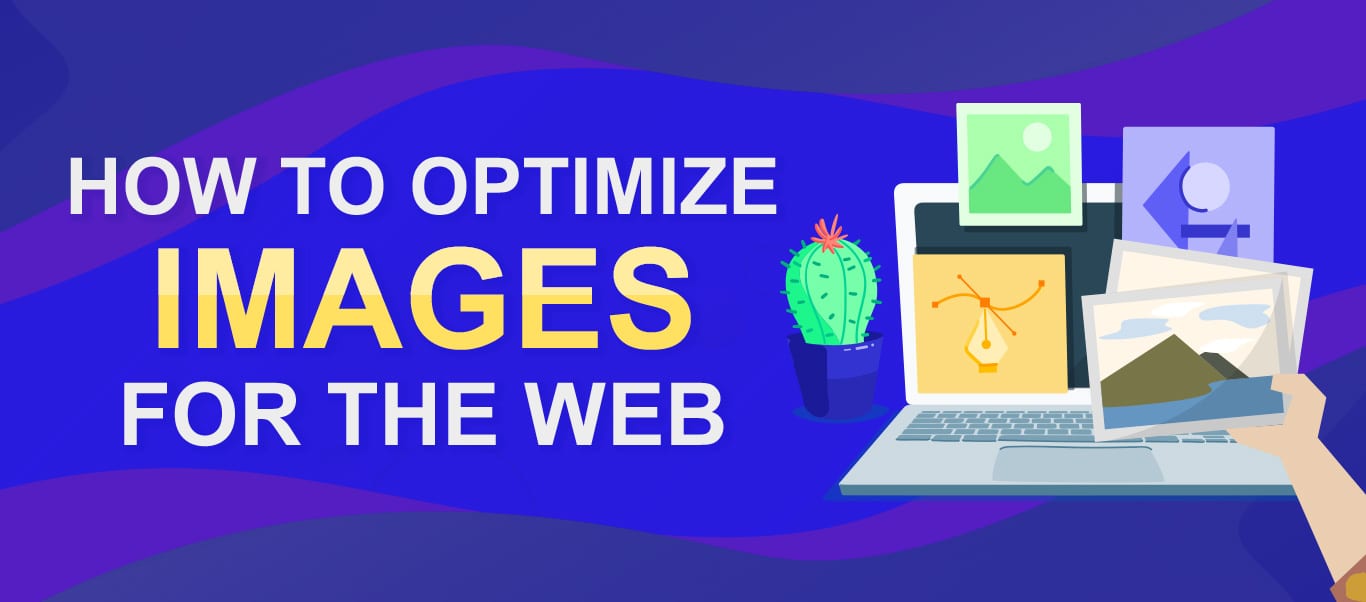Website optimization is an essential part of any digital marketing campaign. Images are the most commonly used asset on a website, which is why webmasters should optimize their images for search engine rankings. This guide will cover how to optimize your images for better local rankings.
How Are Images Used On A Website?
The HTML code of a website is mainly composed of links to files. These files are saved in a folder under the hosting server and assigned to an img tag in images. The size of an image file can be really big – even some tens of megabytes – so the website owner has to optimize it before uploading it, altering it for better performance without sacrificing quality. This is why optimizing images will improve your website’s performance a lot.
The Image Optimization Process:
Here’s how to optimize your images for better local rankings:
Step 1:
Analyze the images to be used on your site. This is most likely the first step in your image optimization process. Choosing the right type of image, size, and quality for each webpage is essential to improving local rankings. The size of an image file will determine how many pages it can appear on. Search engines will not index images that are too small, with poor quality, or are blocked by the browser. Be sure that your images are legible, at the right size, and all links to them will be visible.
Step 2:
Determine which type of image optimization is necessary for each of your images. Layering is the process of creating several versions to get a better result from different algorithms. If you are new to this, it is advisable to follow the best practices and generate a small file version of the high-quality image. This is especially essential if you optimize images for social media sites like Facebook, Twitter, or Google+.
Step 3:
Choose an image optimization tool. You need to install one of the many available image optimization tools on your computer. Some of them are free, and some charge a fee to perform the optimization process. If you are a beginner, we recommend that you use one of the free versions.
Step 4:
Optimize the image. After choosing your tool, follow its instructions to optimize the image according to each optimization step. Usually, it is possible to choose the file size and how much quality you should sacrifice to have a smaller size. Compress your image until it is only slightly larger than needed. This will reduce its size and increase website performance.
Step 5:
Test the image optimization. After you have completed the optimization process, test your image with one of the many online tools. To access these tools, you need to upload your image and follow several instructions so that the tool can assess it and provide you with an analysis of its quality and size.
Step 6:
Use a special image compression tool if necessary. If problems are identified during testing, you can choose to use a more advanced tool that will compress your images even further. This optimization process will take more time, but it can result in faster loading speeds and a better user experience.
Step 7:
Fix any image pixelation. If the test reveals that your images have some pixelation issues, you should run an image retouching tool to fix them. This tool will automatically fix issues with the pixels of your images and optimize it for better local rankings.
Step 8:
Upload your optimized image to your website. After you have completed the image optimization process, you can upload it to your website. Be sure to assign it to the correct img tag and link it in the code of each page that will use it.
Step 9:
Test again. Once you have uploaded the image to your site, test it again to ensure all issues have been resolved, and optimization was successful.
Why Image Optimization Is Important
Having a high-quality image on your website is essential because it will improve your site’s performance. Website visitors expect to see good quality images: they are the first thing that users see and remember after visiting your website. If an image is too small, users will have problems accessing it in a browser, leading to their not loading the page. Then there are solutions like zooming in, holding the mouse cursor over an image to enlarge, or using a media player to display it at maximum size.
A small image will also slow down your website because it will have to transfer a lot of information. This is why you need to optimize your images so that they are large enough to load quickly without affecting the page’s loading speed.

